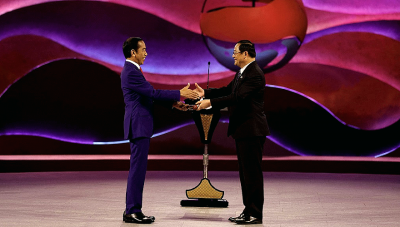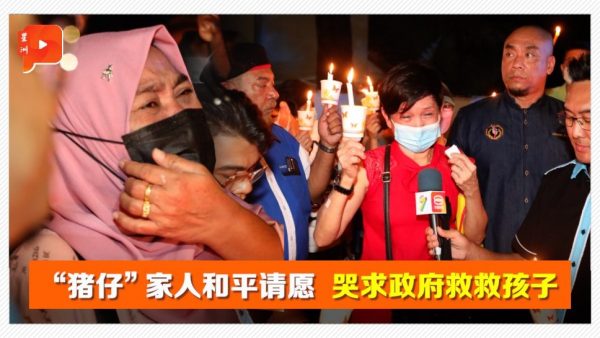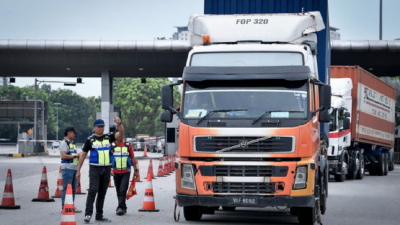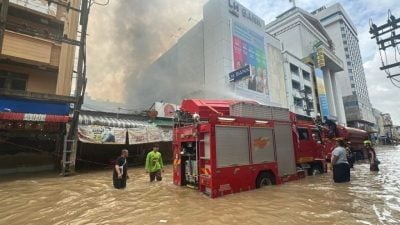BANGKOK: Long lines of motorists queuing for petrol have been snaking through the streets of Vientiane in recent days as Laos struggles with a growing fuel crisis.
Some parts of the reclusive communist nation have been suffering shortages for weeks, according to state media, but on Monday pumps in the capital began to run dry.
Importers have been hit by a drop in the kip currency since September, combined with low foreign exchange reserves and the soaring price of oil, driven by the war in Ukraine.
Dara Khiosompon, the manager of Settah Travel, told AFP on Tuesday that the company was struggling to fill up its tour buses.
“Our driver drove to the first station with a long queue and the fuel was gone just when it came to our turn. So he went to another two stations where there was no fuel. He got our fuel at the fourth station, just out of town,” she said.
Petrol stations are limiting customers to a maximum 500,000 kips ($40), which buys less than 30 liters of fuel, she said.
While Vientiane only started experiencing fuel shortages this week, the northern city of Luang Namtha ran out in late March, the Laotian Times reported.
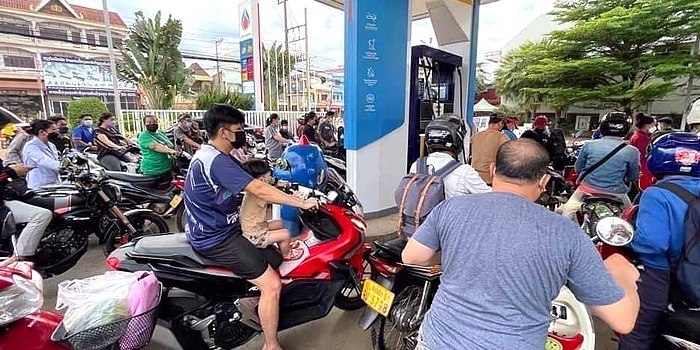
Laos needs 120 million liters of fuel a month but importers are only able to source 20 million liters, the paper reported.
Parliament has moved to cut tax on gasoline from 31 percent to 16 percent and the country is trying to source cheap fuel from Russia, according to local media.
Government officials are also urging residents to carpool and use public transport, while British ambassador John Pearson tweeted it was “a good time to have an electric car”.
Australian National University associate professor Keith Barney said the Laos economy has been under growing pressure for some time.
“It’s not out of the blue… All the red signals were flashing,” he told AFP.
The inflation rate reached 9.9 percent in April, up from two percent in January 2021, according to the statistics bureau.
Laos is up to its eyeballs in Chinese loans for mega infrastructure projects including hydro-electricity dams and its first railway link that opened last year.
Debt has climbed to a dizzying $13.3 billion — almost three quarters of gross domestic product.
In August 2020, global credit agency Moody’s downgraded the nation’s credit rating to junk status, soon followed by Fitch, making it harder for the government to secure loans.
In a bid to lure back foreign tourists, the government reopened borders to fully vaccinated travelers on Monday, dropping quarantine and other entry restrictions.
ADVERTISEMENT
ADVERTISEMENT






